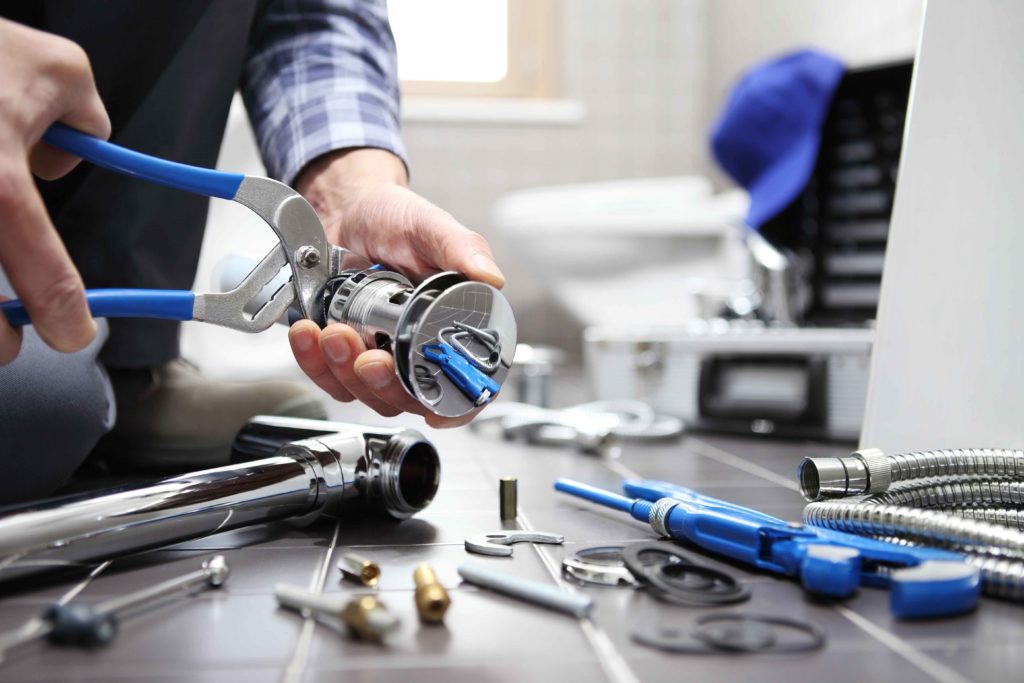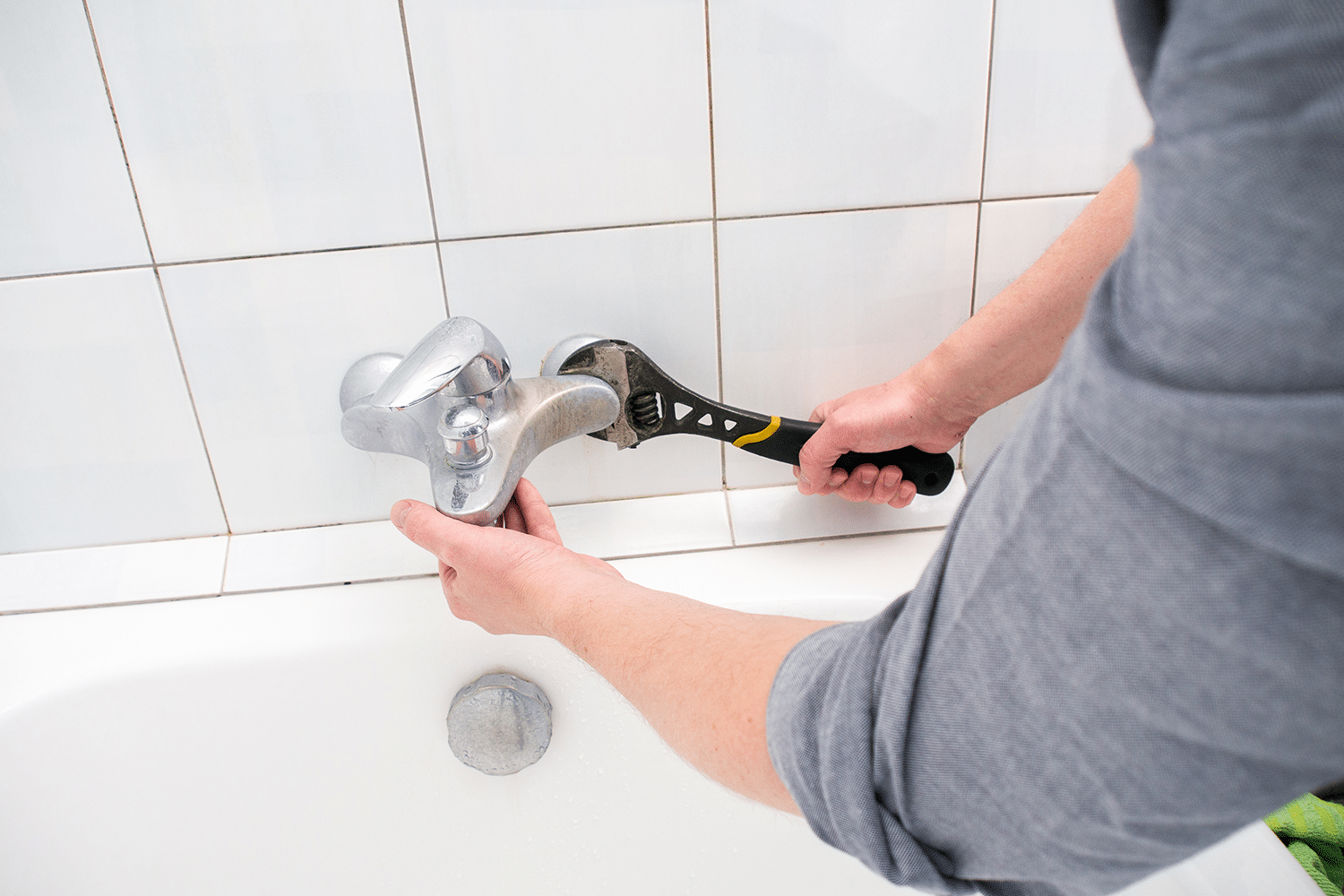Exploring the Value of Correcting a Dripping Faucet
Exploring the Value of Correcting a Dripping Faucet
Blog Article
Presented here further down you will discover a lot of first-rate content pertaining to Why Are My Faucets Dripping (And Can I Fix It Myself)?.

Dripping faucets could seem like a minor inconvenience, but their influence surpasses simply the inconvenience of the noise. From wasting water to sustaining unneeded economic prices and wellness risks, disregarding a leaking faucet can cause numerous consequences. In this short article, we'll delve into why it's important to resolve this usual family issue promptly and effectively.
Wastefulness of Water
Environmental Impact
Trickling faucets contribute considerably to water wastefulness. According to the Epa (EPA), a single tap leaking at one drip per secondly can squander more than 3,000 gallons of water annually. This not only strains water sources but also impacts communities and wild animals based on them.
Step-by-Step Guide to Taking Care Of a Dripping Tap
Devices Required
Prior to attempting to deal with a leaking faucet, gather the necessary devices, including a flexible wrench, screwdrivers, replacement components (such as washing machines or cartridges), and plumber's tape.
Common Tap Issues and Their Solutions
Identify the kind of tap and the particular issue creating the drip. Common issues include worn-out washing machines, corroded shutoff seats, or damaged O-rings. Refer to maker instructions or on-line tutorials for detailed advice on repair services.
Financial Prices
Enhanced Water Costs
Beyond the ecological impact, dripping taps can inflate water costs substantially. The built up wastefulness with time converts into greater utility expenses, which can have been stayed clear of with timely repairs.
Prospective Home Damages
Moreover, prolonged leaking can result in harm to components and surface areas surrounding the faucet. Water accumulation can trigger discoloration, rust, and also architectural concerns if left unattended, resulting in extra repair service expenses.
Wellness Problems
Mold And Mildew and Mold Development
The consistent existence of wetness from a leaking faucet produces a suitable setting for mold and mildew and mold development. These fungis not just endanger interior air high quality however likewise position health and wellness risks, especially for individuals with respiratory conditions or allergies.
Waterborne Diseases
Stationary water in trickling taps can end up being a breeding ground for bacteria and various other virus, enhancing the danger of waterborne illness. Contaminants such as Legionella bacteria grow in stationary water, potentially leading to serious ailments when consumed or inhaled.
DIY vs. Specialist Fixing
Benefits and drawbacks of Do It Yourself Repair Work
While some might try to repair a dripping tap themselves, do it yourself repair work come with their very own set of challenges. Without correct understanding and tools, do it yourself attempts can exacerbate the concern or cause incomplete fixings, extending the problem.
Advantages of Hiring a Specialist Plumber
Employing a specialist plumber makes sure that the underlying cause of the trickling faucet is attended to efficiently. Plumbers have the proficiency and tools to identify and fix faucet problems efficiently, conserving time and minimizing the danger of additional damages.
Environmental Obligation
Specific Contribution to Preservation
Taking responsibility for fixing leaking taps aligns with wider initiatives toward water conservation and ecological sustainability. Every person's actions jointly make a significant effect on protecting priceless resources.
Sustainable Living Practices
By focusing on punctual repairs and embracing water-saving habits, individuals contribute to sustainable living techniques that profit both existing and future generations.
Safety nets
Normal Maintenance Tips
To stop leaking faucets, execute routine maintenance such as cleaning up aerators, checking for leakages, and replacing worn-out components quickly. Additionally, take into consideration mounting water-saving devices or upgrading to much more effective components.
Relevance of Prompt Repairs
Dealing with dripping faucets as quickly as they're seen protects against further water wastage and potential damages, inevitably conserving both water and cash in the future.
Influence On Home Value
Assumption of Well-Maintained Property
Maintaining a home in good condition, including dealing with maintenance concerns like trickling taps, improves its viewed value and desirability amongst prospective purchasers or lessees.
Impact on Resale Value
Residences with well-kept plumbing fixtures, consisting of taps, command higher resale worths in the property market. Attending to dripping taps can add to a positive perception during residential or commercial property inspections and arrangements.
Final thought
Dealing with a trickling tap goes beyond plain benefit; it's an important action toward conserving water, lowering financial prices, and securing health and wellness and residential property. Whether with do it yourself repair work or specialist help, taking action to take care of trickling faucets is a little yet impactful way to promote liable stewardship of resources and add to a healthier, a lot more lasting future.
How to Fix a Leaky Faucet: Step-by-Step Repair Guide
A leaky faucet may seem like a simple annoyance, but if it's not fixed promptly, that leak could cost hundreds to potentially thousands. From water damage to mold, mildew, and high water bills, even a tiny leak can be catastrophic if left unattended. Damage like this can even affect the overall value of your home, so it's important to take the right approach for leaky faucet repair. You may need the help of a plumber in some cases, but we've got a few tips you can try on how to fix a leaky faucet before calling the pros.
Four Faucet Types
When you're learning how to fix a leaky faucet, the first step is knowing what kind of faucet you're working with! There are four common types.
Cartridge Faucets
Cartridge faucets come in one- or two-handled varieties. In one-handled cartridge faucets, hot and cold water combines in a single cartridge. In the two-handled versions, hot and cold water are controlled separately and mixed in the faucet.
Ball Faucets
Ball faucets have a single lever you push up and down to adjust the pressure and rotate to change the temperature. A slotted metal ball controls the amount of water allowed into the spout.
Compression Washer Faucets
They're the oldest type of faucet, but they're still used in many homes — especially older ones. Compression faucets have two separate handles that, when turned, raise or lower the washer that seals a water valve. This valve stops water from flowing through the faucet when it is turned off.
Disc Faucets
Disc faucets rarely need to be repaired due to their maintenance-free design. The water flow is controlled by two discs — the upper one raises and lowers against a fixed lower disc, creating a watertight seal. If your disc faucet starts leaking, you may need to replace the seals or clean residue buildup from the inlets.
Fixing a Leaky Faucet
Step 1: Turn Off the Water
Whether you're learning how to fix a leaky bathtub faucet or how to fix a leaky kitchen faucet, always turn off the water supply to your working area when you're fixing a leak. The last thing you want is a flood added to your list of things to fix.
Look for the shutoff valves below your sink or around the tub and turn them clockwise to stop the water flow. If your faucet doesn't have shutoff valves, you may need to turn off the water for the whole house. Check to make sure it's off by turning the faucet on. If nothing comes out, you're ready to start the repair.
Step 2: Take Apart the Faucet
How you disassemble your faucet depends on the type of fixture you have. You can use a flathead screwdriver to remove the caps on top of the handle or handles for cartridge and compression faucets. Inside, you should see handle screws. Unscrew these with a screwdriver to remove the handle.
Disc- and ball-style faucets will typically have an inlet screw near the handle, and removing that will reveal the interior of the faucet.
Detach the Valve Stem
For cartridge- and compression-style faucets, you'll see the inner valve stem or cartridge once you remove the faucet handles. If you have a compression faucet, unscrew the brass valve stem. If you have a cartridge faucet, pull out the cartridge. If your cartridge has been in place for a while, it may require some tools or extra force to remove it due to mineral deposits.
Examine and Replace Parts
Once you've removed the parts, check them out to confirm what needs to be replaced. You may see corroded rubber washers, O-rings, stems, or cartridges. On a ball-style faucet, check the seats and springs for damage.
If you need to repair a leaky disc faucet, check the inlet and seals on the lower disc.
Once you determine what parts must be replaced, visit your local hardware store. Bring the damaged parts with you to ensure you can purchase the correct components to replace them.
Clean Valves and Faucet Cavity
If you've removed a stem or cartridge, you may notice mineral buildup in the faucet's threads. Use white vinegar to clean the valve seat by soaking it for a few minutes, then scrub it away with a soft toothbrush and rinse with warm water. You can also clean the interior of the faucet in the same way.
Reassemble the Faucet
Once your faucet is cleaned and the required parts have been replaced, it's time to reassemble it. Put the pieces back together and slowly turn the water supply back on. Doing this slowly is crucial because too much initial water pressure can damage the new hardware you've just installed.
https://homewarranty.firstam.com/blog/how-to-fix-leaky-faucet

We were guided to that report on 4 Common Reasons for a Leaky Faucet from a friend on another blog. In case you enjoyed reading our page please remember to share it. I enjoy reading our article about What Causes Leaky Faucets & How To Fix Them.
Report this page